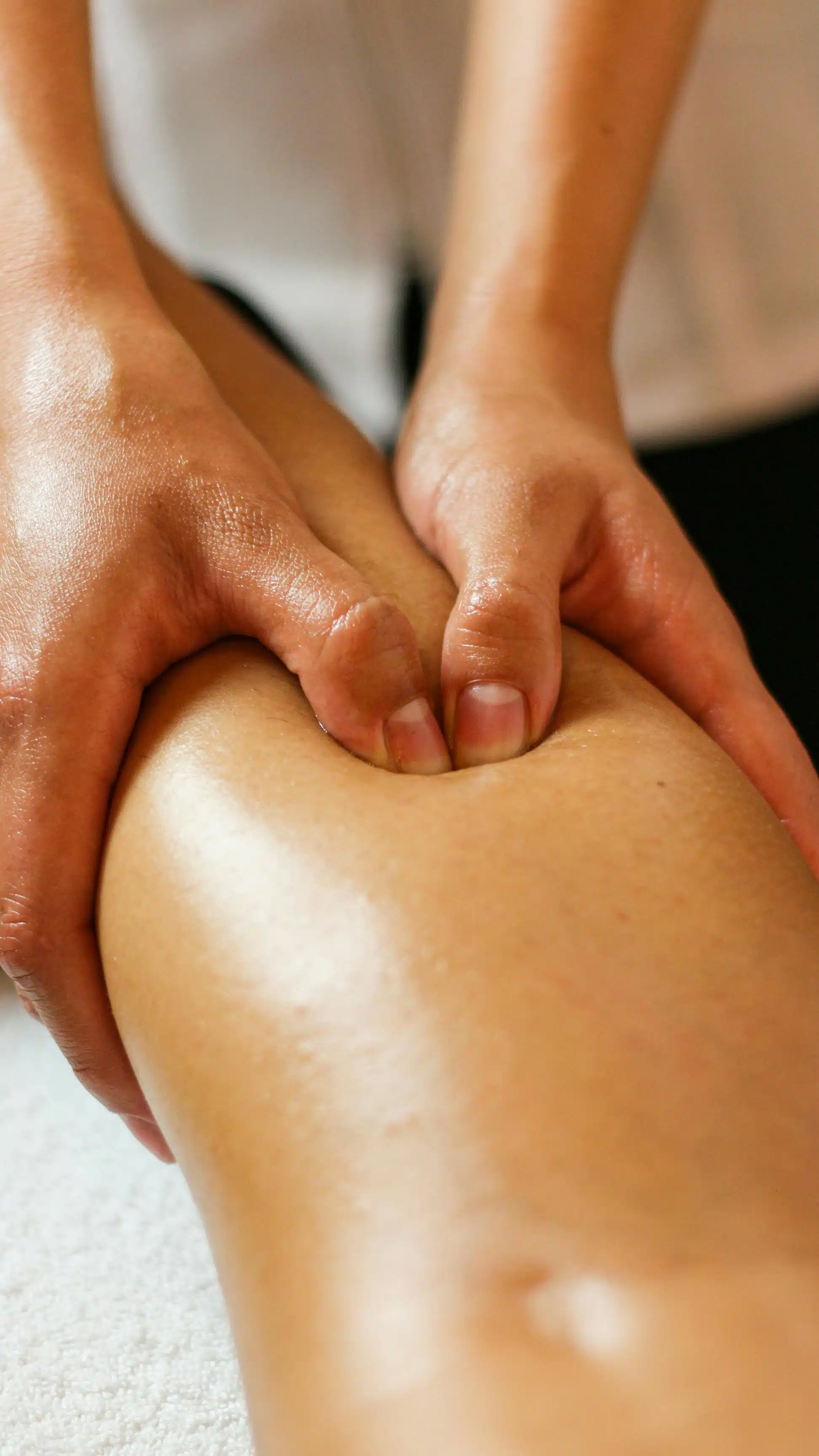How to Perform an Effective Calf Muscle Massage: Expert Steps
Understanding how to properly massage your calf muscles can greatly enhance your physical well-being. Whether you're an athlete or someone who regularly experiences muscle tension, a well-executed calf massage can relieve pain, ease tightness, and improve circulation. This guide will provide you with the techniques needed to master calf muscle massage, offering insights for both self-massage and assisting others. An American Fork massage team shares these expert-approved steps to help you get started.

Preparation and Initial Assessment
Before starting any massage, preparation is key to achieving the best results. Begin by choosing a comfortable position, either seated with your leg elevated or lying down with a pillow under your ankle. Apply a high-quality massage oil or lotion to minimize friction and allow smooth, controlled movements. Conduct a light assessment by running your hands over the calf muscle to detect areas of tightness or tenderness. Identifying these spots will help you focus on the areas that need the most attention during the session.
Basic Massage Techniques for Calves
Start with gentle, sweeping strokes from the ankle toward the knee. These movements help warm up the muscle tissue and promote better blood flow. Use your palm and the base of your hand to apply consistent pressure, gradually increasing intensity as the muscle loosens. Circular motions with your thumbs work well to target specific muscle groups, especially the gastrocnemius and soleus muscles, which make up most of the calf. Spend about 5-10 minutes warming up the area to prepare for deeper techniques.
Advanced Massage Movements
Once the muscle is adequately warmed up, you can move on to advanced techniques. Use your knuckles to perform long, stripping motions along the length of the muscle, working upward from the ankle. For knots or tight spots, apply cross-fiber friction by moving your fingers perpendicular to the muscle fibers. If certain areas remain tense, use trigger point therapy: apply steady pressure with your thumbs for 30-60 seconds until the tension eases. Throughout these techniques, ensure that pressure is adjusted for comfort and avoid overworking any area.
Common Problem Areas and Solutions
Certain areas of the calf muscle complex are prone to tension and may need extra care. The attachments near the Achilles tendon and behind the knee are often sensitive, requiring gentler pressure and precise movements. Use light stripping motions around these areas to prevent irritation. The outer edges of the gastrocnemius and the deeper soleus muscle often accumulate tension, particularly in runners and active individuals. Address these areas with focused kneading motions to release built-up tightness and improve overall mobility.
Post-Massage Care and Maintenance
After the massage, incorporate gentle stretches to sustain the benefits of the session. Stretch both the gastrocnemius and soleus muscles, holding each position for 15-30 seconds. Staying hydrated is essential—drink plenty of water to help eliminate toxins released during the massage. For ongoing maintenance, consider using tools like foam rollers or massage balls between sessions. If you experience soreness, apply ice to the area for short intervals and elevate your leg to reduce swelling. Regular self-massage and stretching routines can help you maintain healthy, tension-free calf muscles and prevent future discomfort.
Other related articles:
- Understanding Muscle Knots: Creating Your Perfect Massage Schedule
- Neuromuscular Massage: Advanced Therapeutic Treatment
The post How to Perform an Effective Calf Muscle Massage: Expert Steps appeared first on Body Balance Massage and Float.
Article Source : bbmassageandfloat.com/how-t...